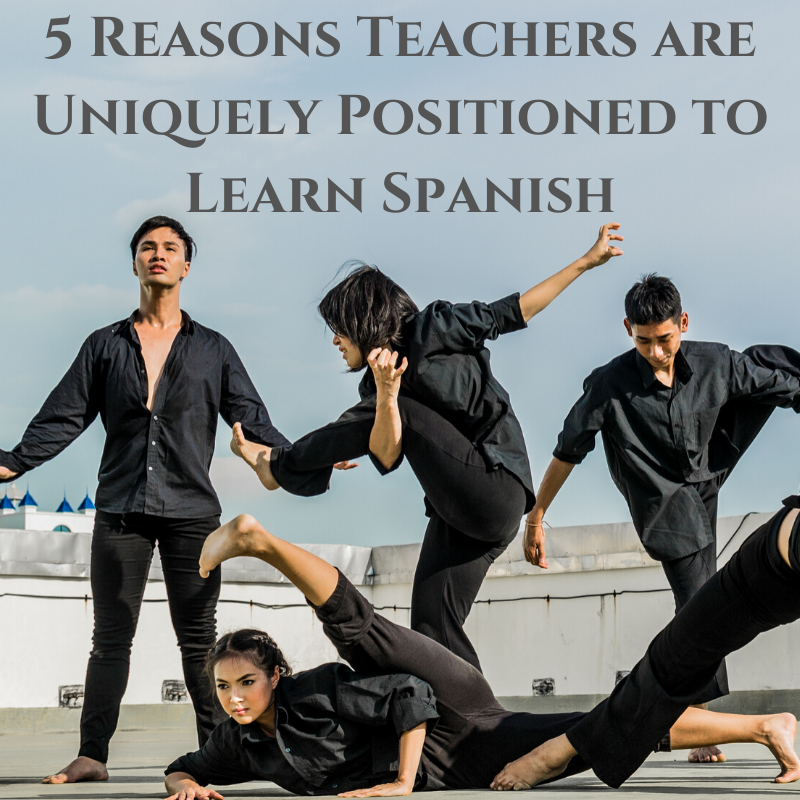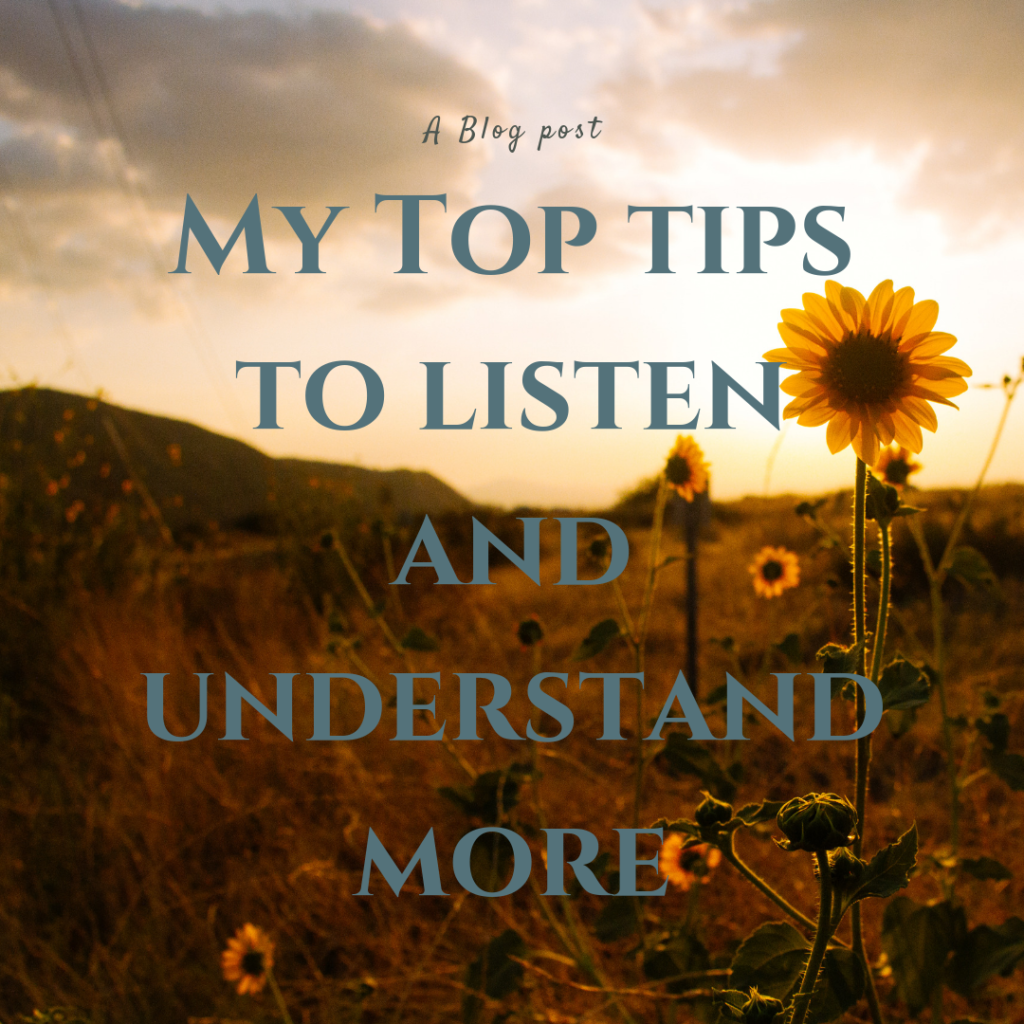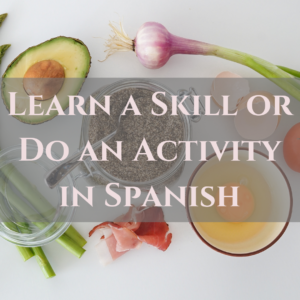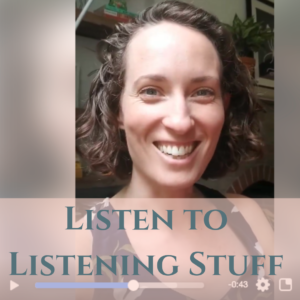I want to share with you 5 reasons why I think teachers are exceptionally positioned to learn Spanish in comparison with your average profession.
- Reason #1: Access
- Reason #2: Extended Breaks
- Reason #3: Exemplar Learning
- Reason #4: Understanding of Persistence
- Reason #5: We need work life balance
Let’s return to Reason #1: Access
Teachers have unique access to speakers of Spanish in their classroom, their students’ families and families throughout their schools.
Very few people have the opportunity to speak with native speakers in their target language the way that teachers do.
We can do it when we greet our students in the morning, during lunch in the cafeteria, by sending texts and making calls to parents, when they come into the building and for parent-teacher conferences. Whether or not we are prepared to have a whole conference in Spanish (there should be an interpreter there to help), we can practice whatever level Spanish we do know with our families.
This is really important, because my Spanish students who are NOT teachers or who do not work in public schools do not typically have this level of access to Spanish-speakers. It is something they have to seek out actively in the community. That, or it is something that only happens a few times a year when they are traveling for work or vacation.
We, on the other hand, have VIP access just about every single day of the year.
* * * * *
If we take advantage of the opportunity, our daily access to native-speakers is simply language-learning gold.
* * * * *
#2: Extended breaks
In the public school system, we get a winter, spring break and a summer break. Even if teachers are teaching summer school, we still have an extended time when we can travel to a Spanish-speaking country.
When we travel, we actually can spend a good amount of time there, putting ourselves in a position where we are required to speak Spanish with others. If traveling isn’t an option, the extended time can still be used to participate with consistency with the Spanish-speaking community in our local area.
Many other professionals get only two weeks weeks paid vacation throughout the year — if that. Those two weeks are typically split up throughout the year, and if a regular person (non-teacher or non-school staff member) does have time to travel abroad, their trips are quite short.
The short bursts do not allow them to practice the language over an extended period of time or to access parts of the community they would benefit from practicing with.
For someone traveling for a short time, it is fairly common to really only get to interact with folks at the hotel, tour guides, or other tourism-centered professionals, who likely already speak English. (While it is still possible to speak Spanish with those professionals, doing so can seem much trickier to the traveler, for fear of offending the other party’s English or simply because once you start in English, it is harder to switch over.)
* * * * *
We have to rough a lot of things as teachers, but having long chunks of time to choose what to do with, is a massive plus.
* * * * *
#3: Exemplar learning
What I mean by “exemplar learning” is that teachers know great learning.
We see exemplar learning in our students, and we are learning constantly. Therefore, when we think of what we need to do in order to practice our Spanish, we already know.
This is an area where it might not be so obvious to others. Where other professionals might rely on their own experiences from school and revert back to their own study habits (whether strong, weak, or ho-hum), we have gained a deeper and broader perspective on what is important for the learning process.
- We can observe our students who are the best learners (sometimes this is the quick learners and sometimes this is the slow learners who overcome obstacles with much effort). Doing so reminds us of the habits and attitudes that helped our students grow, and we can replicate those in our own lives.
- We can think back to past experiences in the classroom when we made growth as a teacher. Perhaps this was our experience going from a struggling first year teacher to building muscle memory and expertise until we improved our practice, classroom management and instructional.
- We can think about our colleagues who we have watched make the same transformation, and reflect on what was important to their process.
* * * * *
Again, we can replicate the most effective learning practices to maximize our efforts to learn the Spanish language.
* * * * *
#4: We have an understanding of persistence
Many of our peers outside of education want success to be instantaneous.
The other side of this is that when they are not instantly successful, they can think something is wrong with them.
Marketing, social media highlight reels, Facebook and Instagram ads, and plain old societal pressure all contribute to this. It is understandable.
We, as teachers however, know that consistency, curiosity and a growth mindset are necessary to gain true mastery of new skills and knowledge.
* * * * *
We know that when a learning process is slow, it is a signal to simply keep it up.
We know that when we don’t have instant success, nothing is wrong with us.
In fact, we know nothing is wrong, period.
* * * * *
We can therefore approach the challenge of learning a new language with a big-picture perspective.
We already know we are not going to learn everything overnight. We expect to learn bit by bit by bit by bit, as long as we embody those three characteristics above:
- Consistency
- Curiosity
- A growth mindset
While we will still have fears and insecurities about not being perfect and not feeling 100% confident in our Spanish, we can at least approach the process knowing that slow and steady is not only normal, but good.
This gives us an immeasurable advantage.
* * * * *
More than anything else, it is people’s mindset, frustration and discouragement that stop them from learning a language, NOT the difficulty of the language itself.
* * * * *
#5: Teachers NEED more work-life balance
Teachers are exceedingly busy. I know. You’re shocked. 😉
But yes, many people without knowledge of the #TeacherLife might be unaware of this fact.
While I said earlier that we get extended breaks … they are well-deserved. WELL-deserved, my friends!
During the school year, we are running a marathon.
Most people don’t realize that being a classroom teacher doesn’t mean you are just working during the school day. We have early mornings and late nights. We go in on the weekends, we are grading papers at home or writing lesson plans at a coffee shop. We are even looking for our classroom when we float over to the dollar section in Target when we are shopping for our families!
One former colleague used to describe it this way to non-teachers:
Imagine that in your job, instead of an afternoon meeting you have to prepare for right before lunch … your WHOLE DAY is that meeting. And you have to prepare for it outside of that work day.
And the next day you have ANOTHER meeting the WHOLE day, which you have to prepare for outside of those hours. And so on and so forth.
*Ahem* I will say it again! During the school year, we are so. darn. busy.
Yet the time that we work will fill up the space that we give it. Yes, more experienced teachers told me this when I was still very green, and yet it took me years and years to learn. I suggest we need to remind each other of this no matter how long we have been teaching!
This busy-ness, this perceived scarcity of time, can sometimes be a teacher’s first excuse not to learn a language.
It is almost automatic to say, “I don’t have time”.
I want to flip that on its head and say that for our own health, for our sanity, our relationships, our joy of life …
We NEED more work-life balance.
This is all the more reason to leave school and go to a Spanish class … to take that time for you and your goals.
It is all the more reason to travel on a break and have a change of scenery and have fun that helps you with a goal that is important to YOU.
It is all the more reason to look for opportunities in your city where you can volunteer or participate in a festival, or do other social activities that allow you to practice your Spanish and get outside of your normal routine … to have a special time.
One of my fastest growing students, who I had the pleasure of working with for only 8 lessons before she moved to California, expressed to me that before deciding to take Spanish lessons with me, she felt that she did not have time.
And then once she finally decided to do it, she looked forward to our lessons every week.
She looked forward to taking that time just for her, getting to learn something that was important to her.
She said it added a freshness to her day and her week that she didn’t have previously.
* * * * *
So I want to encourage all of my fellow teachers out there — don’t let time be your excuse. Let it be your reason.
* * * * *
You deserve to take one hour a week for a class, or for an app, Spanish online lessons, or a conversation group, what have you. You deserve to pursue a goal that’s important to you.
I predict that it will rejuvenate your love of learning, bring joy into your life, and open up possibilities that you haven’t even imagined when you start to practice your Spanish.
* * * * *
So those are my five reasons. If you can think of any others, I would love to hear what they are! Good luck to you on your Spanish journey.
If you would like to listen to the unedited audio version of those post instead (that I recorded in the car), you can listen here.
Be warned! This is not a podcast! I have not done any fancy editing! You can even hear my blinker going while I’m on my morning commute to work!








